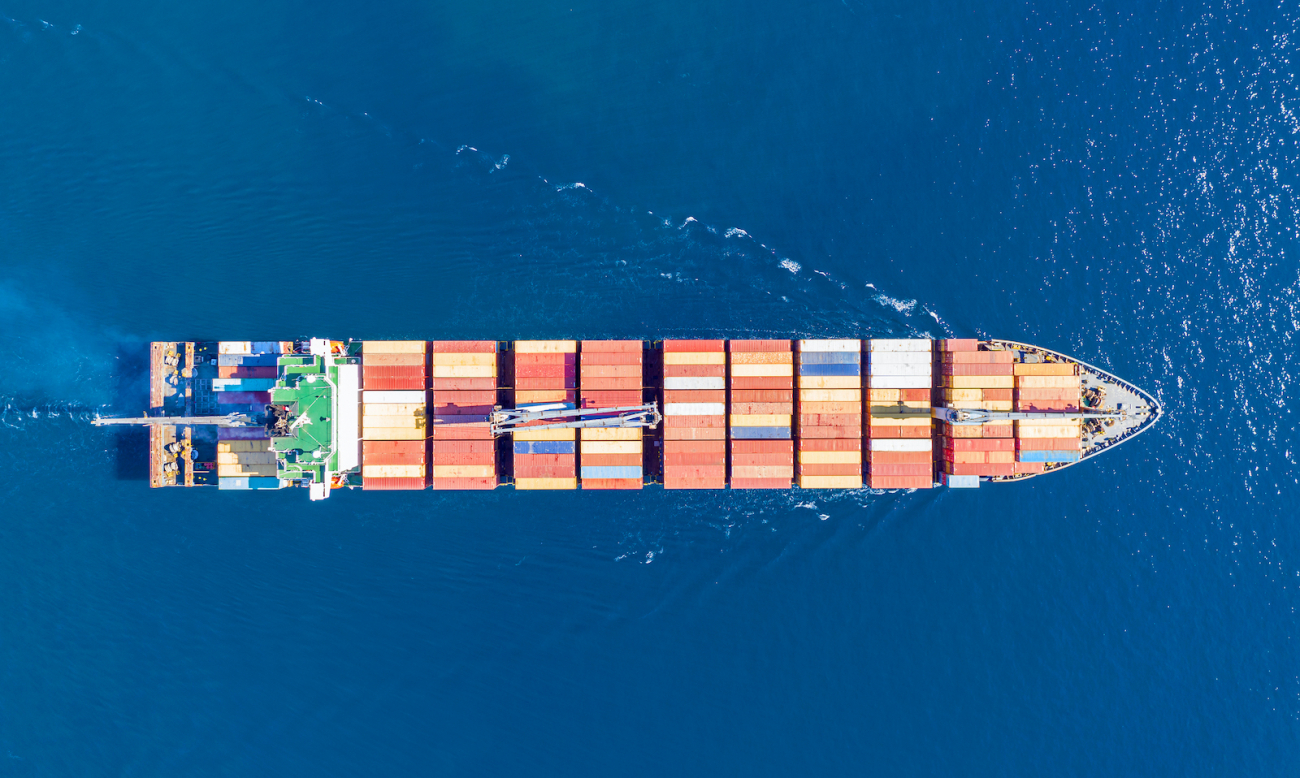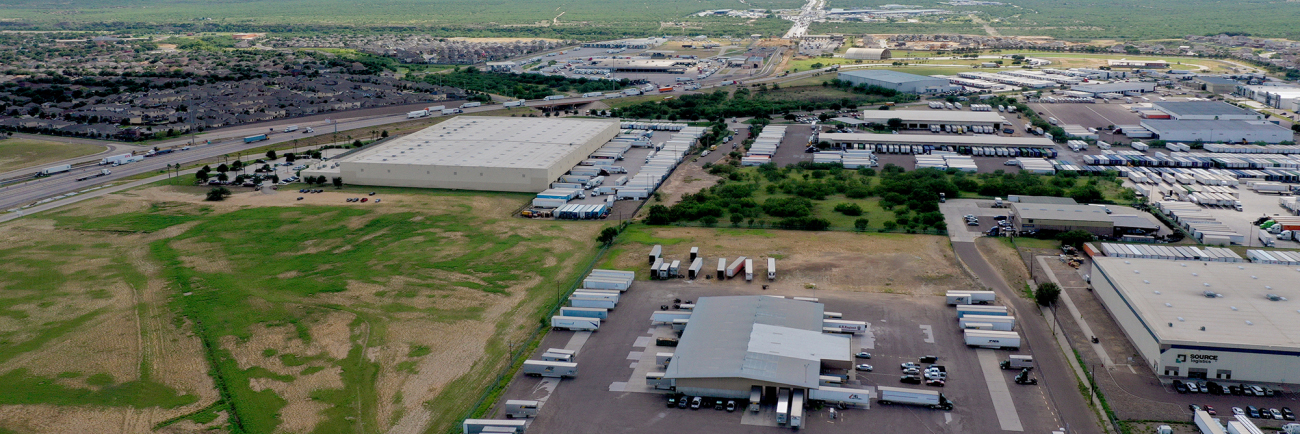
04 Jul Port of Brownsville Texas: Waterborne Trade in Rio South Texas
The Port of Brownsville Texas Exporting and Importing Throughout the U.S. and Internationally
Mission, TX July 2022 — The pandemic shook the global economy and yet the United States maintained its trading prowess, according to the United Nations Conference on Trade and Development on Ocean Trade.
In the United States, the State of Texas leads in international trade with its 29 ports of entry, the most of any state. The region of Rio South Texas, located at the Gulf of Mexico and the Heart of the North American Supply Chain, strongly contributes to the nation’s and the state’s global trade success. In Rio South Texas, the Port of Brownsville Texas serves as our region’s key waterborne connection to markets in North America and the world, via barge service on the U.S. Intracoastal and Inland Waterway System as well as ship service on the high seas via the M-10 and M-69 Maritime Highways. Furthermore, the Port boasts established trade routes across the Atlantic as well as the Pacific (via the Panama Canal). These routes serve manufacturing industries in Rio South Texas and beyond. The Port of Brownsville is also a true multi-modal hub, providing interstate access, freight rail services, pipeline infrastructure, and proximity to air cargo providers. To further facilitate international trade, the Port of Brownsville operates Foreign Trade Zone No. 62 (FTZ 62), with sites at the Port, two airports (BRO and VIA), as well as to three surrounding industrial parks. FTZ 62 is ranked #2 in the U.S. for the value of exports at $3.6 billion per year across a variety of products.
Products like petroleum, lumber, steel, and metals rank among the Port’s top commodities and, thanks to its global connections, millions of tons of products are moved efficiently to and from Brownsville. And these volumes are expected to grow in the future! The Port of Brownsville’s main channel depth is currently 42 feet (12.8 meters), but recently a project has been launched to deepen to 52 feet (15.8 meters). This will make the Port of Brownsville Texas one of the deepest on the Gulf of Mexico.




